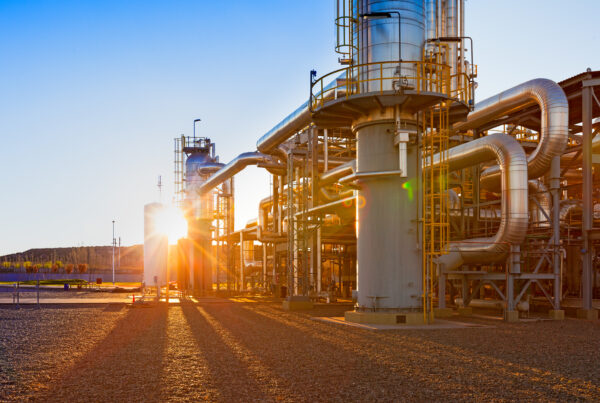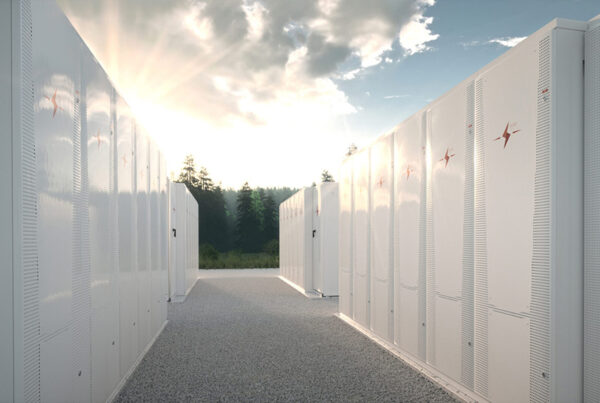
- Flexibility represents a key obstacle to meeting the Dutch government’s target of decarbonising the national power sector by 2035: phasing out gas will require 10 GW of additional low-carbon flexible power generation capacity to meet demand when solar and wind output is low, new analysis by Aurora Energy Research finds.
- Retrofitting existing gas-fired power stations to burn hydrogen would require the least additional investment compared to other low-carbon alternatives to gas, costing 55% less than building a new hydrogen-fired power plant, Aurora calculates.
- Government support is crucial to delivering the required retrofits: only providing a conversion subsidy would cost less than other viable support schemes, but adding a production subsidy would lead to much higher emissions savings, Aurora’s modelling shows.
- Aurora’s analysis of low-carbon flexibility in a decarbonised Dutch power system, developed in close partnership with Eneco, ENGIE, Gasunie, RWE, TenneT, and Uniper, is available in a free, public report—download it here.
Meeting the Dutch government’s target of decarbonising the national power system by 2035 will be challenging. Replacing current coal- and gas-fired generation with low-carbon alternatives will not only require a vast, rapid expansion of solar and wind power; the Netherlands also needs to address the “flexibility gap”. The Netherlands currently relies almost exclusively on gas- and coal-fired power plants to offset shortfalls of solar and wind output. Delivering sufficient low-carbon replacements requires urgent action: the Netherlands needs to install an additional 10 GW1 of flexible low-carbon generation capacity by 2035 to ensure that unabated2 gas is phased out of the power system, new analysis by Aurora Energy Research finds.
Hydrogen can play a pivotal role in bridging the Netherlands’ flexibility gap: retrofitting existing gas-fired power stations to burn hydrogen would be the most economically viable method of delivering flexible low-carbon alternatives to gas, Aurora’s modelling shows. Hydrogen retrofits would require the least additional investment compared to other low-carbon alternatives—the annual fixed costs3 of a retrofit hydrogen-fired combined-cycle gas turbine (CCGT) power plant operating in 2030 would be 55% lower than those of a newbuild hydrogen-fired CCGT plant. Retrofit hydrogen plants also may require less government support—their gap to profitability4 in 2030 is 13% lower than that of the next most viable option: a gas plant retrofit with carbon capture and storage (CCS).5 However, for generators providing baseload power, CCS conversions may be more cost-effective than hydrogen retrofits, due to lower fuel costs.
Implementing policies that support hydrogen retrofits is crucial to decarbonising the Dutch power system by 2035. There are various options available to policymakers—a conversion subsidy6 would require the least government support compared to other options assessed by Aurora,7 but emission savings would be uncertain. Adding a production subsidy8 for running on 100% hydrogen would raise the cost for taxpayers, but would save over ten times more CO2 in 2030-2050 than the next most effective option assessed.9 Obligatory conversions would risk carbon leakage and unsustainable import dependence, as neighbouring countries continue to rely on natural gas. Forcing generators to blend hydrogen with gas—as the government is currently proposing—would also increase reliance on imports and endanger the security of Dutch power supply.
Phasing out unabated gas will also require policy support along the entire hydrogen value chain. To ensure that generators can access sufficient clean hydrogen, coordinated support for supply, infrastructure, and the power sector is essential. Developing and implementing this support should start as soon as possible, as delivering the necessary grid and storage infrastructure will take time.
Jesse Hettema, Market Lead, Belgium & the Netherlands, Aurora Energy Research, commented:
“Incentivising generators to retrofit existing gas-fired power plants to burn hydrogen would position the Netherlands well for its transition to a Net Zero power system. With the right policy support, retrofits could enable further decarbonisation while keeping the lights on.”
Ron Wit, Director, Energy Transition, Eneco, commented:
“At Eneco, our commitment to carbon neutrality by 2035 is unwavering. With twelve years to go, there is no more time to waste due to the lead times of permitting procedures and investments. The study clearly shows how policymakers can secure timely investments in CO2-free flexible power generation to enable a transition toward a sustainable and reliable energy future.”
Henk Visser, Manager, Strategy Department, Gasunie, commented:
“Let’s proceed with the findings of this study and make sure that we, step by step, implement this transformation in collaboration with the government. This includes both the power plants and the Hydrogen Network Netherlands, as well as large-scale hydrogen storage.”
Patrick van de Rijt, Head of Market Analysis, Energy System Planning, TenneT, commented:
“Aurora’s findings highlight the potential role that hydrogen fired-power plants could play in providing zero-carbon firm generation capacity in the future Dutch power mix, which TenneT’s Adequacy Outlook shows will still be needed in the future power system, alongside wind and solar. The interactions with competing hydrogen needs in other end-use sectors, mainly the industry, need to be further assessed.”
1 Equivalent to 12% of the Netherlands’ total power generation capacity in 2035
2 Without carbon capture and storage
3 Calculated in €/kW (real 2022)
4 Calculated in €/kW (real 2022)
5 Aurora did not consider the costs of the hydrogen infrastructure that would be needed to deliver retrofits in this comparison.
6 Subsidy would cover upfront retrofit costs
7 If the Netherlands commissioned 7 GW of retrofit hydrogen-fired power plants by 2035, a conversion subsidy for generators burning 100% hydrogen fuel would cost 1.4bn € in 2030-2050, Aurora calculates.
8 Subsidy would cover the difference between the costs of generating electricity by burning natural gas and by burning hydrogen
9 Assuming the Netherlands deploys 7 GW of retrofit hydrogen plants by 2035, total CO2 emissions savings in 2030-2050 under Aurora’s base case would be 41mn tCO2e if supported by a conversion subsidy and a production subsidy for generators burning 100% hydrogen fuel. The next most effective option (a conversion subsidy combined with a production subsidy for generators burning 30% hydrogen fuel) would result in emissions savings of 4mn tCO2e. The total cost of supporting generators burning 100% hydrogen fuel with a conversion subsidy and a production subsidy would be up to 11.2bn € in 2030-2050.
– ENDS –
MEDIA CONTACT
Megan Tracey, European Press Officer
megan.tracey@auroraER.com | +44 (0)7810 817354
ABOUT AURORA
From its Oxford academic roots, Aurora Energy Research has grown to become the largest dedicated power market analytics company in Europe, providing data-driven intelligence for strategic decisions in the global energy transformation. We are a diverse team of more than 450 experts with vast energy, financial, and consulting backgrounds, covering power, hydrogen, carbon, and fossil commodities. We are active in Europe, Australia, and the US, working with world-leading organisations to provide comprehensive market intelligence, bespoke analytic and advisory services, and cutting-edge software.






